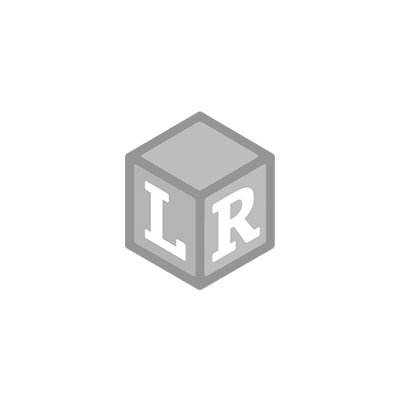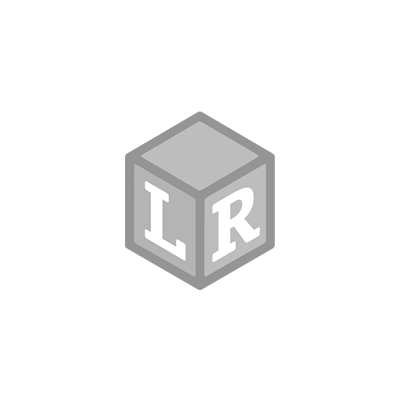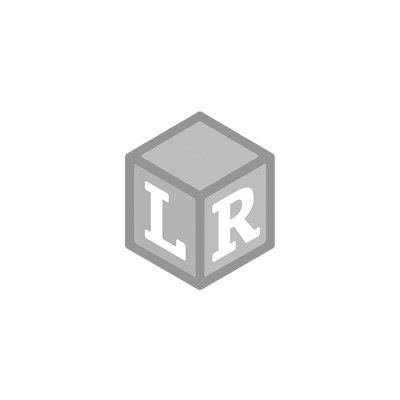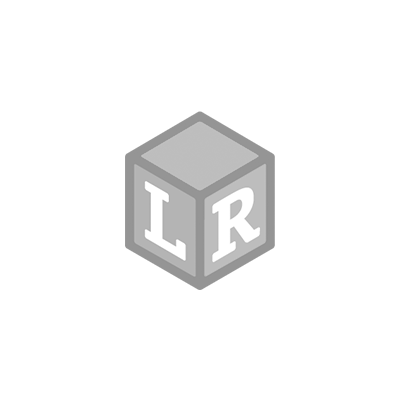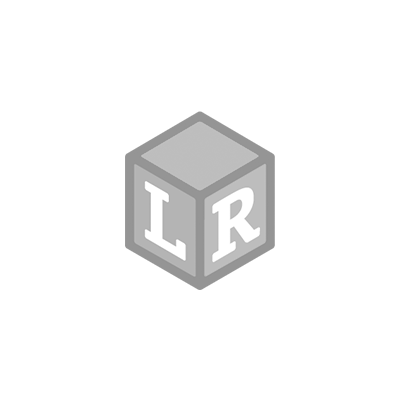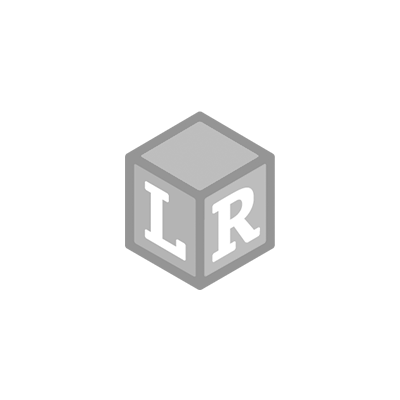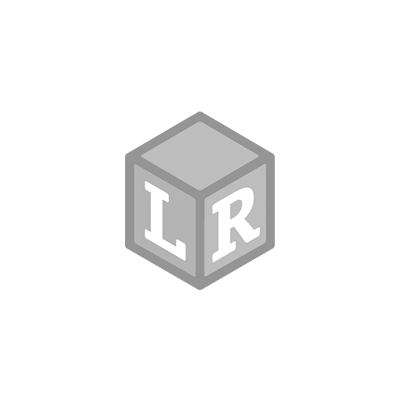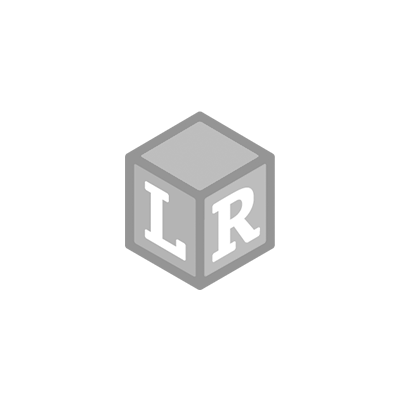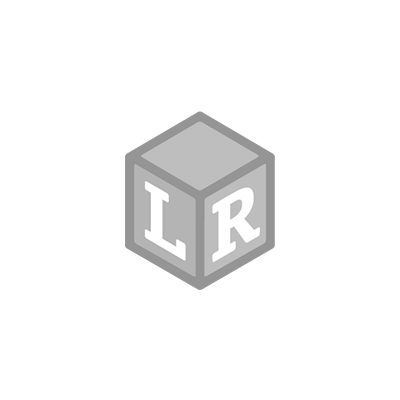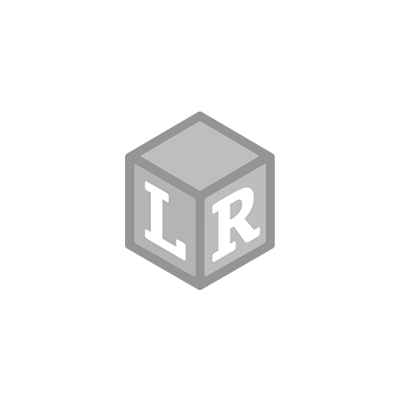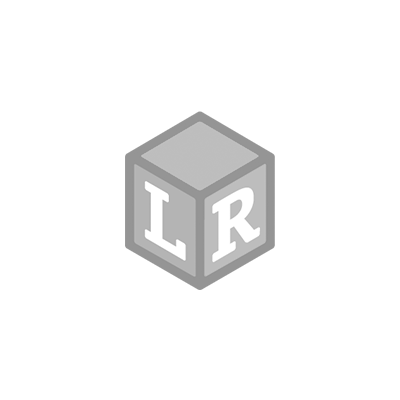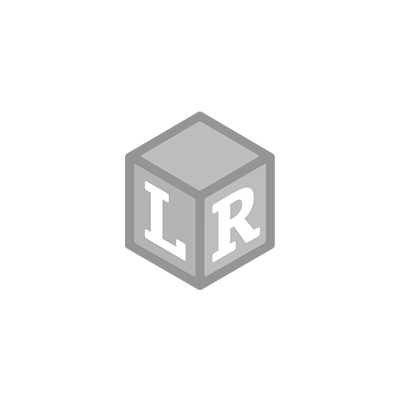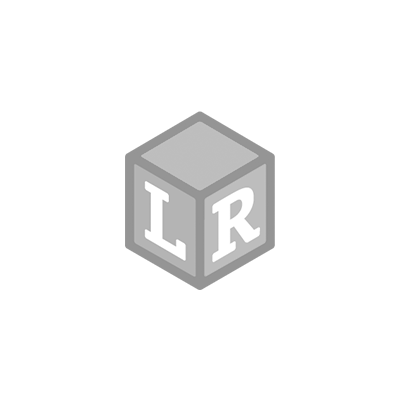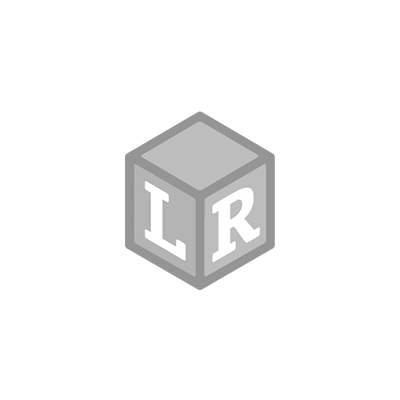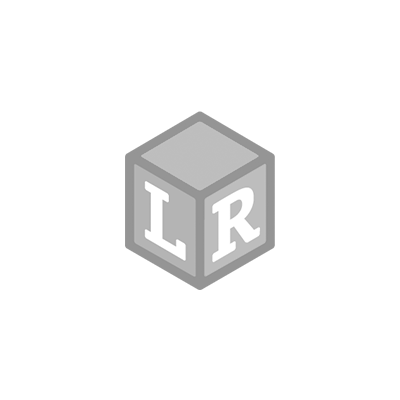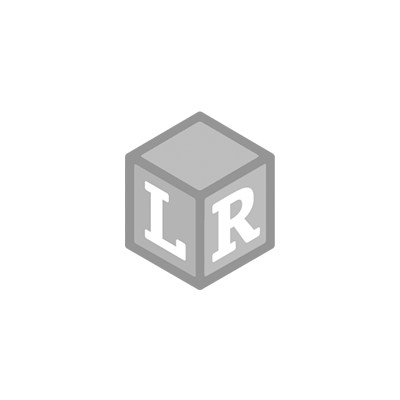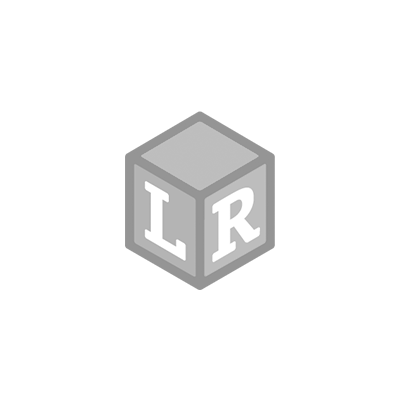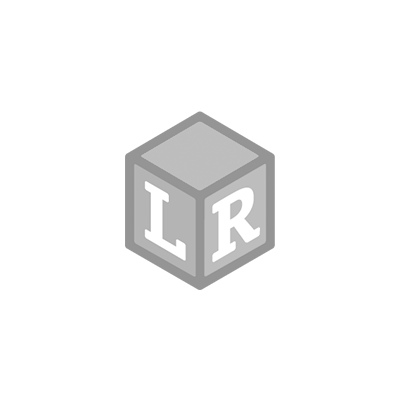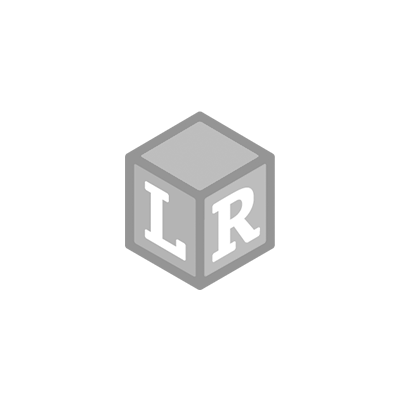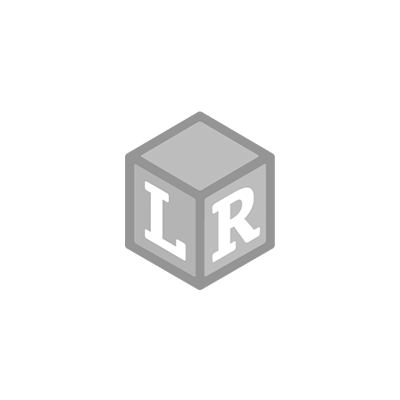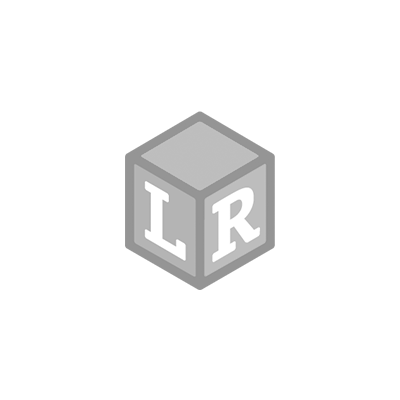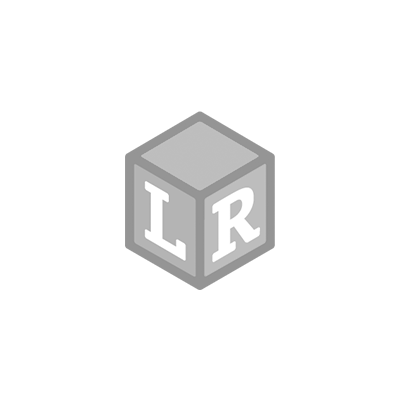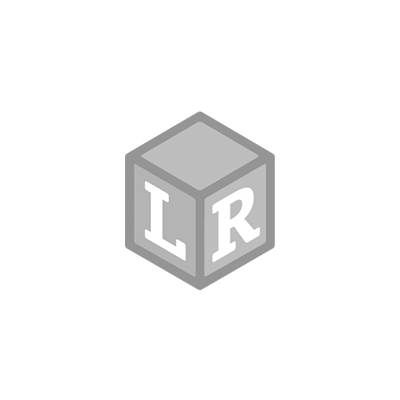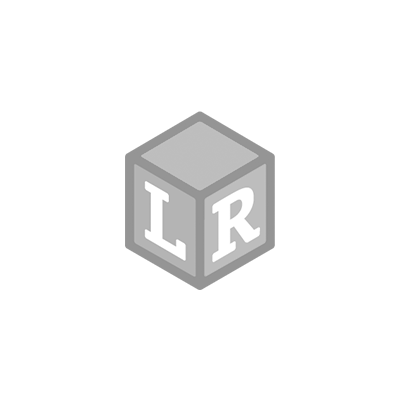Wrapping Up Your Holidays: Crafty Ways to Re-Work Gift Wrap
- Learning Resources Posted On Dec 31, 2022 | Winter
This is the time of year to be grateful, not wasteful. Used wrapping paper can tend to pile up during this special season of gift giving. Who amongst us hasn’t looked at a trash bag full of giftwrap and shook their head? There’s got to be a better use for all the paper, right? Below are a few clever ideas to get the kids involved in upcycling used gift wrap.
MYOB: Make Your Own Bunting. A delightful holiday design trend for several years now, bunting can be placed around the house to spruce up your season. Cut up your old wrapping paper in triangles using a template, tape it to a string, and have the kids come up with clever phrases, adding some deck to your halls.








Insist Your Toddler Cut Corners. For the toddler set, a whopping pile of paper and a pair of safety scissors is like heaven on Earth. Getting your preschooler practicing this important fine motor skill with all your leftover gift wrap. The paper is thinner, which might spark some cutting confidence. Pile it all up in a sensory bin and let them have at it!
A Little “Thank You” Goes a Long Way. So many presents, so many people to thank! Utilize the season’s remaining wrapping paper by having your kids fashion the cutest homemade thank you cards. This is a great busy activity in the dog days of winter break (you’ll thank us later).






A Place (setting) for Everything… Upcycle wrapping paper to create festive placemats for your holiday table. Not only will your tablescape showcase some extra holiday cheer, clean up will be a snap!
Winter Break Weaving. Paper weaving is a fun activity suitable for many age levels. Shred your remaining wrapping paper into strips. Using an x-acto knife, cut slits into construction paper. Be sure to do this step over an old magazine or cardboard. Weave the strips in and out of the slits. Use the creation for thank you cards, decoration, placemats, or anything where around the house that could use a little extra holiday style.




 Shop UK Site
Shop UK Site 
